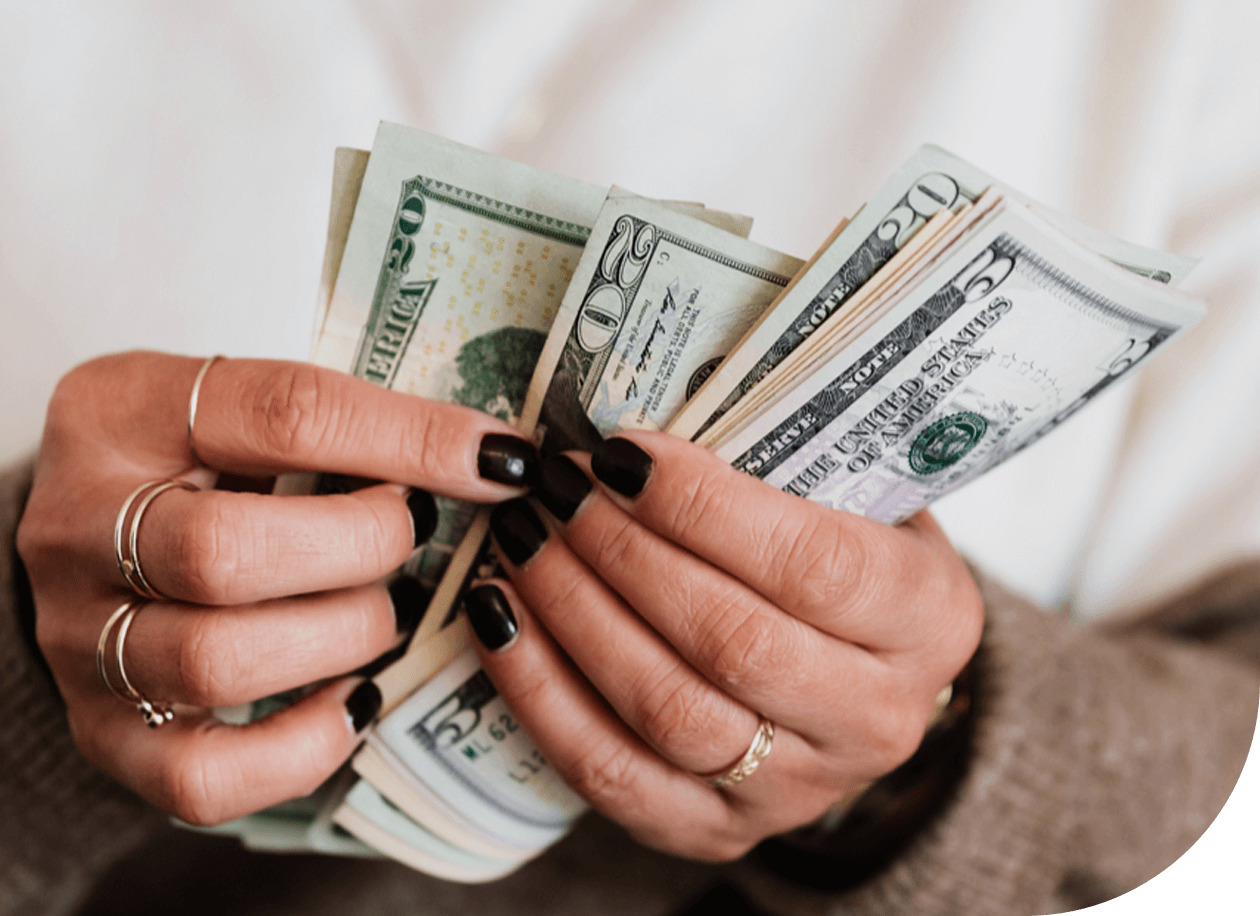
May 04, 2023
Cash is (STILL) King and is gaining followers.
In a world where digital payments are becoming increasingly “the norm”, it may come as a surprise to hear that more and more individual consumers and families are relying on cash to pay their bills. The reason? It’s a cost-effective, efficient, and tangible way to stay on pace with budgets, help reduce the likelihood of costly financial missteps, and avoid interest multipliers in the face of rising inflation.
Inflation is the increase in the cost of goods and services over time, and it’s something that we’ve all experienced of late. While inflation is always tough on our finances, sharp increases, such as the inflation we’ve experienced recently, can do more than quickly erode monthly budgets – for some Americans, it can be the tipping point into financial failures. As the cost-of-living rises, it’s imperative to find ways to adhere to budgets and make every dollar count. This is where cash comes in.
There are real benefits to cash, and frankly, most stem from cash’s main attribute – cash is a physical currency that you can hold in your hand. It’s tangible, which makes it easier to track and manage. When families use cash to pay their bills, they can see exactly how much money they’re spending and how much they have left over to spend in other areas. This tangible “debit” helps them stay on pace with their budgets and avoid overspending. For us visual learners, cash debits are real – the more you spend, the less you have left to spend. While this point may read like a no-brainer, anyone who has rapidly approached their credit card limit and has asked themselves, “what the heck did I buy?” knows this phenomena is far more frequent when making purchases with debit cards, credit cards, and mobile wallet apps. For this reason in particular, younger consumers are taking note and paying with cash.
Another benefit? Cash is just plain cheaper to use. When using digital payment methods, fees can apply and can add up quickly. Whether it’s a monthly service fee or a percentage of the transaction charged as a separate fee, these costs can compound over time, and do a number on budgets in the process. By paying bills with cash, individual billpayers and families on a budget can avoid these fees and keep more money where it can often do the most good – in their pockets.
Of course, we would be remiss if we didn’t mention, there are some drawbacks to using cash. Paying with cash can be less convenient than digital payments, and it may not be accepted by all vendors. However, for families who are looking to stay on top of their budgets and deal with rising inflation, quantifiable, cold, hard cash can be an exponentially valuable tool. To make the switch, we suggest doing business with retailers who accept cash, and seeking out essential billers who provide self-service payment channels that accept cash, such as municipalities and forward-thinking utilities providers who rely on DivDat’s Bill Payment Kiosks, located nationally, thanks to forward-thinking essential billers and local retail partners. You can find a list of locations, complete with turn-by-turn directions here.
In conclusion, while it may seem counterintuitive to rely on paper tender in today’s digital age, savvy consumers, an increasing number of families, and younger consumers with varied obligations are turning to cash to pay their bills. By paying bills with cash, smart shoppers realize they can adhere to their budgets, avoid fees, and better manage the rising costs of inflation. Whether or not this trend will continue remains to be seen, but for now, one thing is clear – cash’s crown is still squarely in place.

